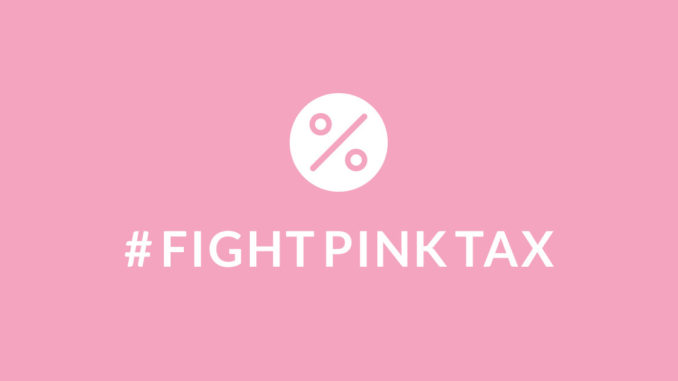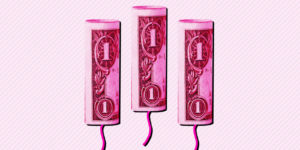
The point of a market economy is that we can all make choices. We define the pricing structure of things. Which is to say: yes, the “pink tax” is real, but somehow we’ve created it and inflicted it on ourselves.
Who decides the price of goods and services? If supply and demand go hand in hand, then surely we can pair together the pricing structure of goods and services and what people value said services for.
It’s us, the consumers, that dictate the price of the things we buy. Take, for instance, the current housing market. Within the $200,000 to $300,000 price bracket, the inventory of homes on the market is very, very low. This is driving prices up, because it is a sellers market where they hold the power. The same goes for the things we wear, watch, eat, and fundamentally, everything we consume in our lives.
If people are willing to pay, prices will rise. As women, it is especially true of what we buy, wear, and use to take care of ourselves.
The price of products is in theory decided by retailers themselves. However, it’s really the consumer who creates the price of an item. How and why? Because the price of a product is determined by the amount people are willing to pay for it. It goes, almost without saying, that men are often less likely to spend money on clothes, personal items, and other purchases than their female counterparts.
A recent study by promocodesforyou.com uncovered that women, on average, can spend upwards of $453.87 more than men each year on the essentials. That’s not including items like feminine hygiene products, makeup, or other assorted “must-haves” that most women know aren’t negotiable. There’s an argument to be had here about makeup and it’s disposability, but feminine hygiene products aren’t a luxury. They’re more of a fact of life.
In any case, it’s not personal, but many girls do love a good sale or shopping-spree. Or is it that we value products that have a higher price-tag because we perceive them to be more valuable?
 The pink tax exists as a result of a variety of factors but it remains because we let it. We perpetuate this cycle of paying premium dollar for products in pink or items marketed towards women. While this shows the power of marketing in our lives, it also shows that there’s a bias against equality in our society and we need to change our behavior. For the pink tax cycle to stop, we have to stop purchasing the items marketed for the fairer sex.
The pink tax exists as a result of a variety of factors but it remains because we let it. We perpetuate this cycle of paying premium dollar for products in pink or items marketed towards women. While this shows the power of marketing in our lives, it also shows that there’s a bias against equality in our society and we need to change our behavior. For the pink tax cycle to stop, we have to stop purchasing the items marketed for the fairer sex.
If you ask a handful of women, most of them will admit to using a man’s razor. Shopping in the men’s toiletries and cosmetics aisle will put some extra change in your pocket while
If we make a concerted effort for change in our society, it will pay off. The pricing will change if we make an effort to change our consuming habits.

Be the first to comment